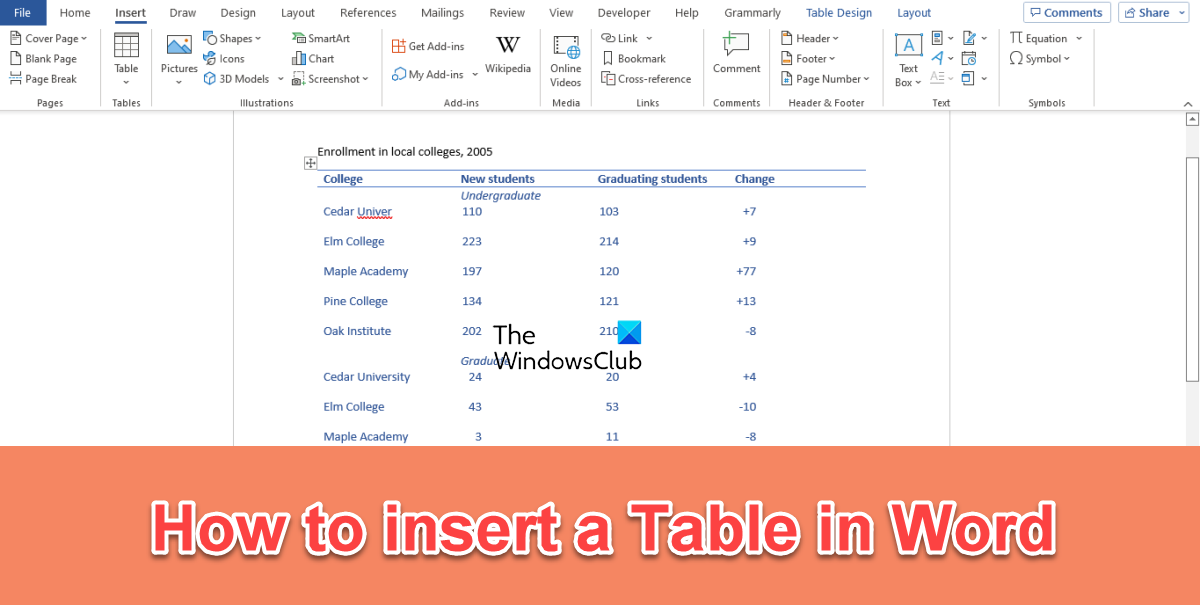

In fact, a Table of Equations uses the same underlying Word technology as Table of Contents (the field). If all this seems familiar, that’s because it’s almost exactly the same as the ‘Table of Contents’ and Table of Figure options. Word will search for the captions, sort them by number, and display the table of equations in the document. When you are happy with the layout, click “OK” to build your table of equations. To design a custom table of equations layout, select “From template” and click the “Modify” button to create your own style. Most people use ‘From template’ because that will match the font etc in the current document or template. Select a format to see how it will look in the preview panes. Subscribe 8K views 1 year ago This video will show you how to automatically create a list of tables or figures for your report, or thesis. The “Formats” drop-down list directly affects the appearance of the table of equations. “Use hyperlinks instead of page numbers” for the web preview gives you a clickable table with links to each equation in the Word document. If you make changes to your document that affect the table of contents, update the table of contents by right-clicking the table of contents. The “Tab leader” dropdown changes what appears between the text and the right-aligned page numbers. Put your cursor where you want to add the table of contents. By default, page numbers are displayed and aligned to the right, although you can change this by deselecting the appropriate checkboxes. The “Print Preview” and “Web Preview” panes show how the table will appear. First thing to do is change the Caption Label from Figures to Equation. Then select all the table contents using the icon on one of the table corners.


 0 kommentar(er)
0 kommentar(er)
